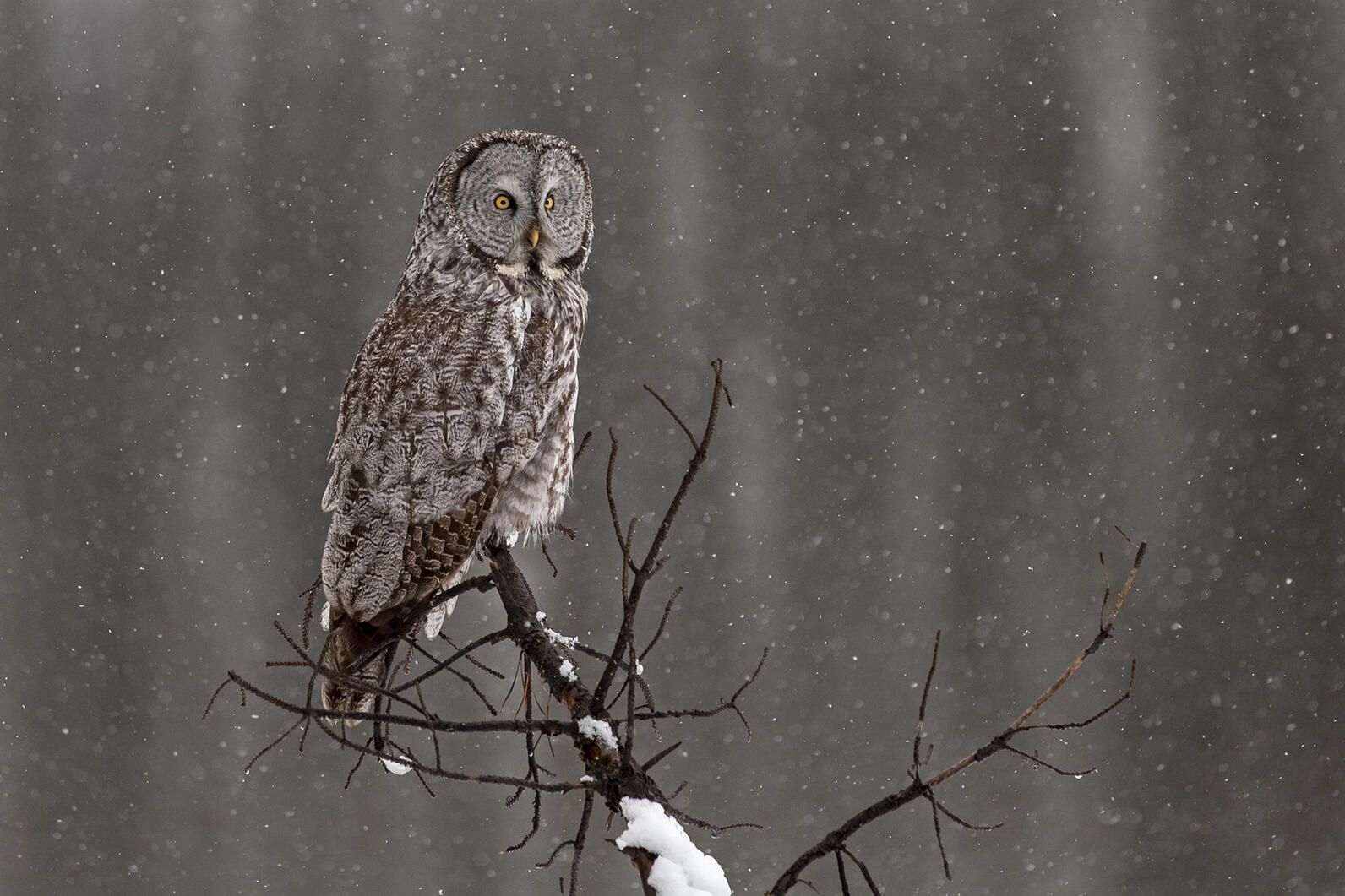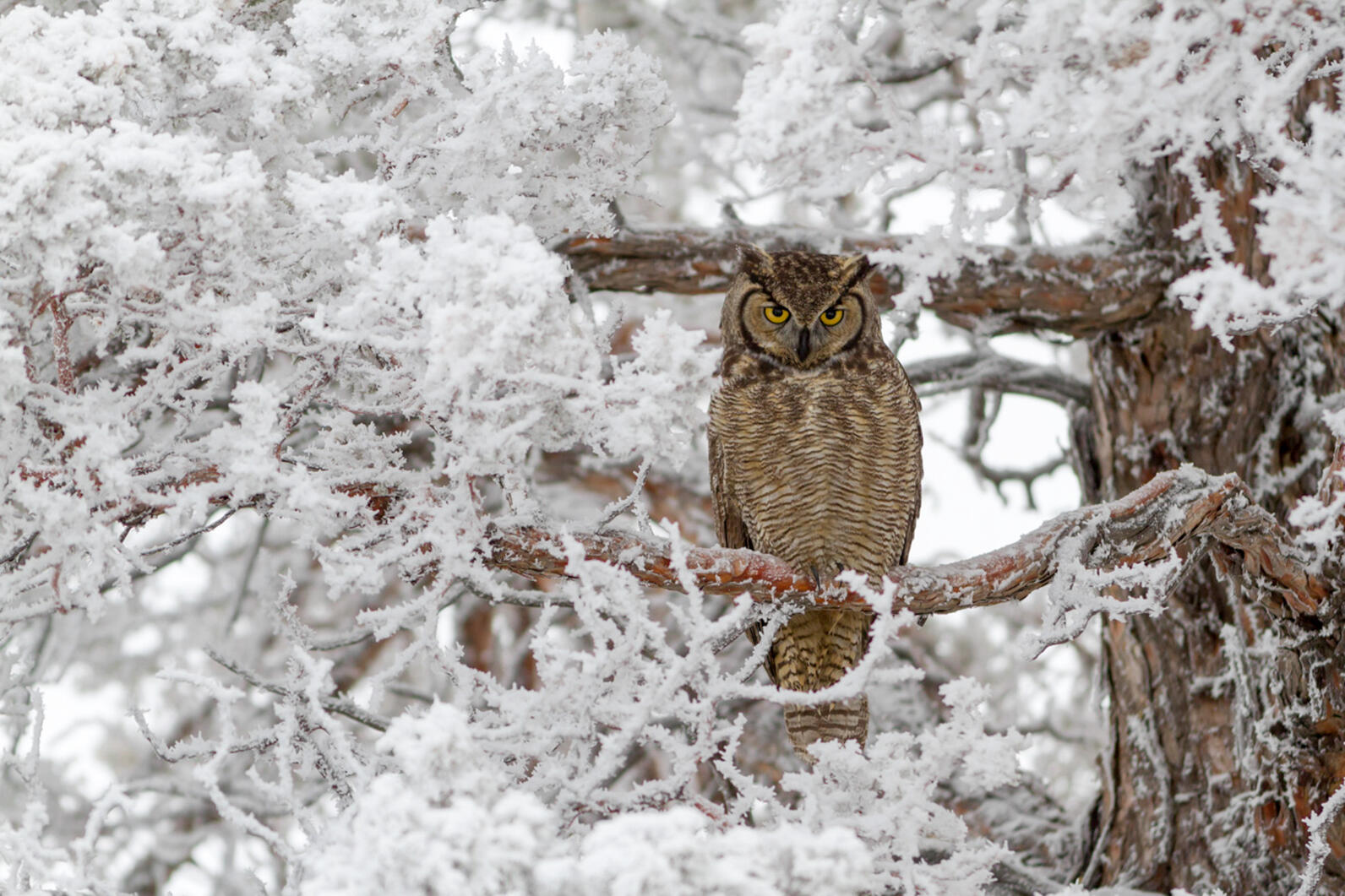Each winter, our Great Lakes landscapes transition from bustling migration activity and bursts of color to leafless trees and frozen ground. This quiet season allows us to hear and see large feathered visitors from the north, such as Snowy Owls, Boreal Owls, Great Gray Owls and Northern Hawk Owls. Surprisingly, these owls overwinter across Canada into the Great Lakes each year for the warmer, balmier weather, which is considerably warmer than the northern boreal forests and arctic tundra they left behind!
January and February are the best time of year to plan an owling trip. Michigan’s Eastern Upper Peninsula is one of the best areas to view these rare winter owls, but you can also spot them in northern Wisconsin. Snowy Owls even occasionally make it as far south as the northern borders of Ohio, Indiana, and Illinois, expanding even farther south during irruption years. Learn how to identify the visitors from the north before your trip.

Birding trails are driving routes with specific stops identified that offer bird viewing opportunities and can highlight natural and cultural features of local communities. The Shore to Shore Birding Trail can help guide you through Michigan’s Eastern U.P., while the Great Wisconsin Birding and Nature Trail can help guide you through Wisconsin.
Learn how to identify these rare visitors from the north, as well as Great Lakes year-round resident owls such as Great Horned Owls, Eastern Screech Owls and Barred Owls, that will start to hoot and holler at dusk and dawn in January and February to establish their nesting territories and find a mate.

If you manage to encounter one of these wise birds of the Great Lakes, please be sure to follow these best practices:
- Give owls space. View owls from a distance with binoculars or a scope.
- Don’t lure owls with audio recordings. Hearing another owl’s call can be stressful.
- Leave “live baiting” to the pros. Owls can learn to associate food with people and be drawn to dangerous areas like roads or airports.
- Submit your eBird observation to scientists, but keep them hidden from the general public. Here’s a step-by-step guide.
Happy Owling!
MI Birds is a public outreach and education program presented by Audubon Great Lakes and the Michigan Department of Natural Resources that works to build and bring together wildlife enthusiasts across the state to engage with and conserve Michigan's birds, wildlife, and public lands.











